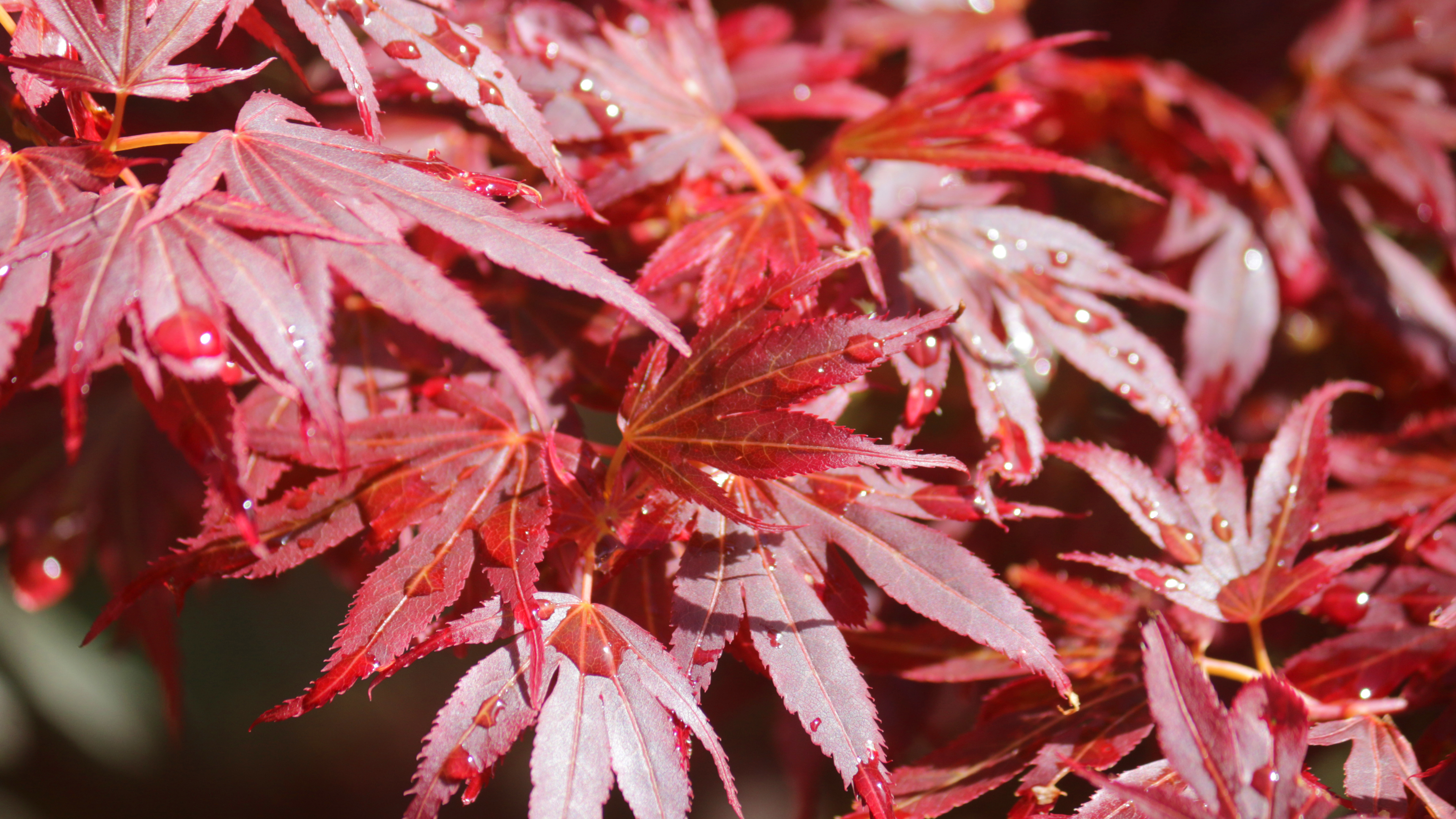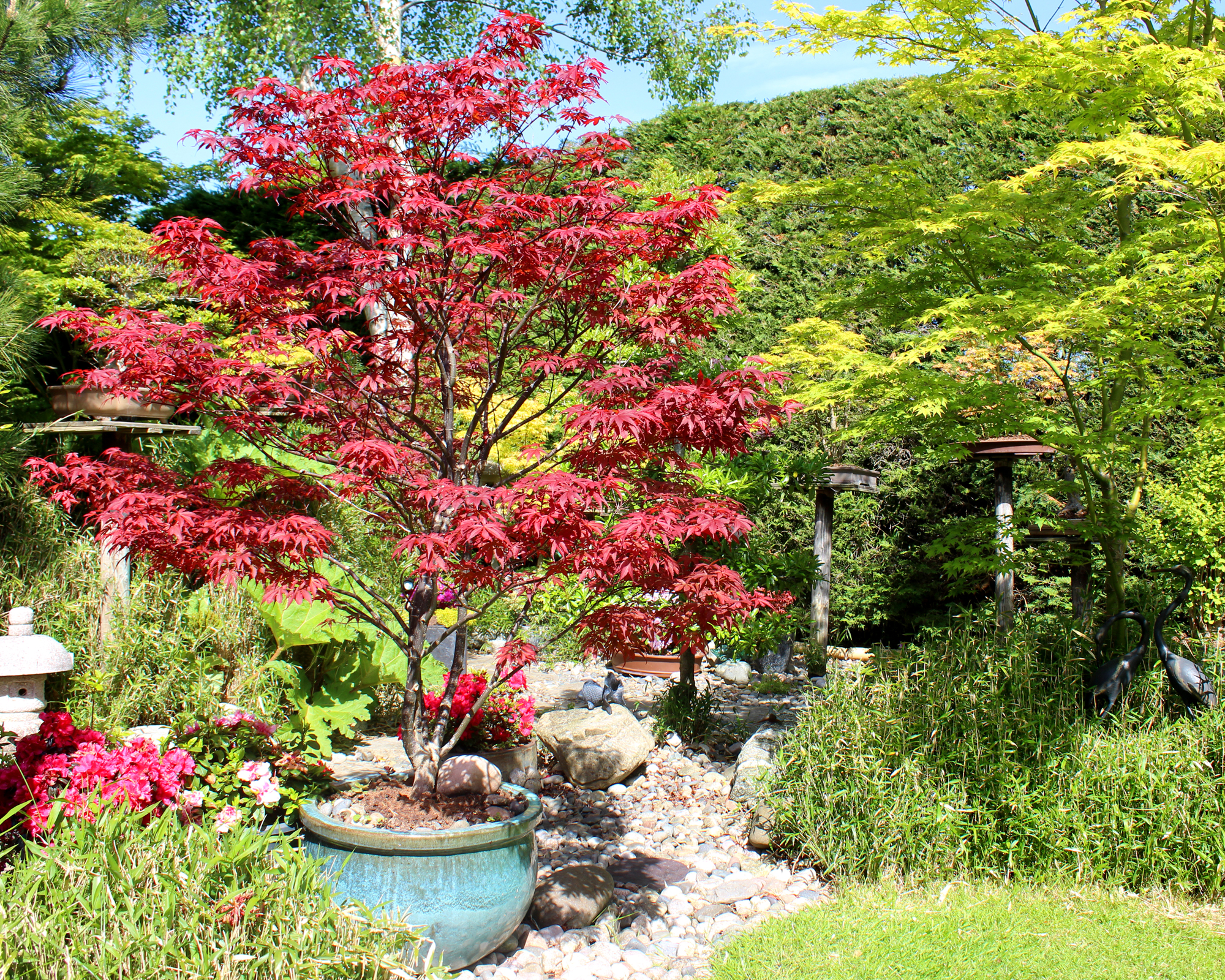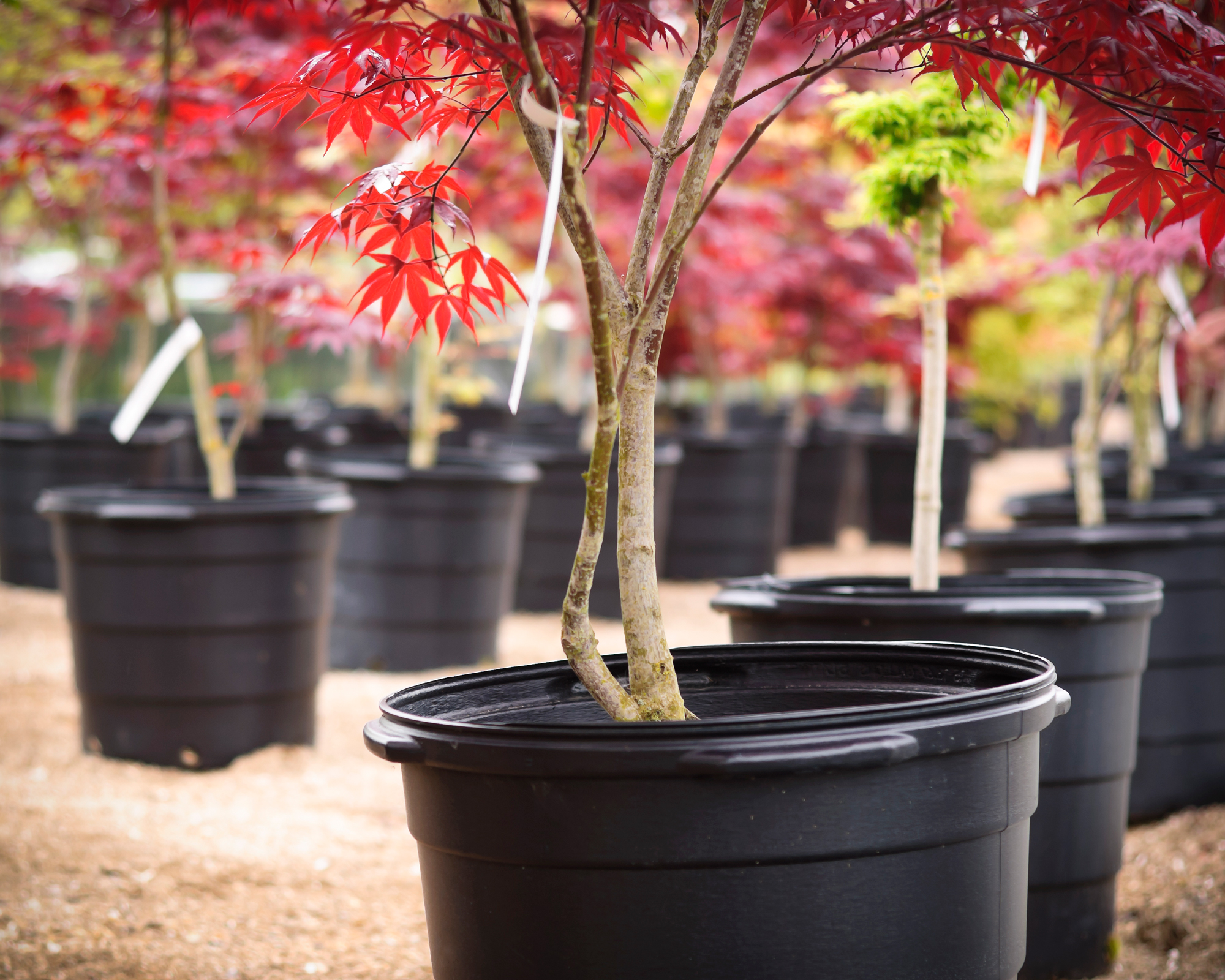Transplanting Japanese maples – how to make sure your acer survives a move
Whether you're moving a young acer or a mature specimen, here's what you need to know about transplanting Japanese maples

Transplanting Japanese maples requires a little bit of expert knowledge to get right. It's well worth taking this advice on board, given that Japanese maples or acers are slow growers. If you've been learning how to grow acers and have a particularly beautiful specimen you're moving to a different garden, or a different spot in an existing garden, you'll want to do it correctly to prevent your tree from ailing or even dying.
Acers are surprisingly easy to care for, however, transplantation is a whole different task that should be approached with care for best results. Here's what a tree expert recommends.

Transplanting Japanese maples: first considerations
A staple of Japanese garden ideas suitable for moderate climates the world over, acers are a stunning addition to any plot, but it's important to respect their slow-growing nature. The key to these plants is understanding the relationship between their roots and the crown.
Before you get digging, therefore, there are several things to consider. Pol Bishop, a gardening and trees expert at Fantastic Gardeners, told us to focus on the following three aspects of Japanese maples before transplanting them:
- The tree’s age 'The bigger and older a tree is, the bigger its root ball needs to be when dug up to contain enough viable root tips and nutrients.'
- The tree’s health 'A healthy tree will have a better, more grounded root system, which will lead to a better survival rate,' says Pol. If you're considering how to move a tree, avoid transplanting ones that look sickly above ground, as they are more likely to have 'some damaged roots.'
- The timing of the transplant This is 'one of the most important factors. The best time to transplant a tree is before it starts to break buds in late winter or early spring' because at this point, 'the tree has the shortest recovery time' from the transplant, giving it plenty of time to grow new roots. Alternatively, late fall is a good time, so long as the tree no longer has any leaves on it.

Transplanting Japanese maples: the technique
When it comes to transplanting Japanese maples, always dig a larger hole than you think you need. Pol recommends a trench that is 'as wide as the tree's crown.' The aim is to protect the root ball from damage as you are transplanting.
Your tree should be about an inch or two above ground, but 'if you accidentally dig a hole too deep, don’t pick the tree back up. Instead, take the tree and tip it to add soil below it.'
Finally, only worry about burlap if you are storing your tree bare root for some time before transplanting. 'If you're transplanting your Japanese maple right away, there's no need to ball and burlap it.'
Once you've transplanted your maple, give it a good feed to help it acclimatize and, if the root system is small, 'you can cut about 20% of the tree's canopy back,' according to Pol. You are aiming to reduce stress to the plant as much as possible, and a root system that isn't very well-developed may not be able to support that luscious crown after transplantation.
Anna writes about interior design and gardening. Her work has appeared in Homes & Gardens, Livingetc, and many other publications. She is an experienced outdoor and indoor gardener and has a passion for growing roses and Japanese maples in her outside space.
